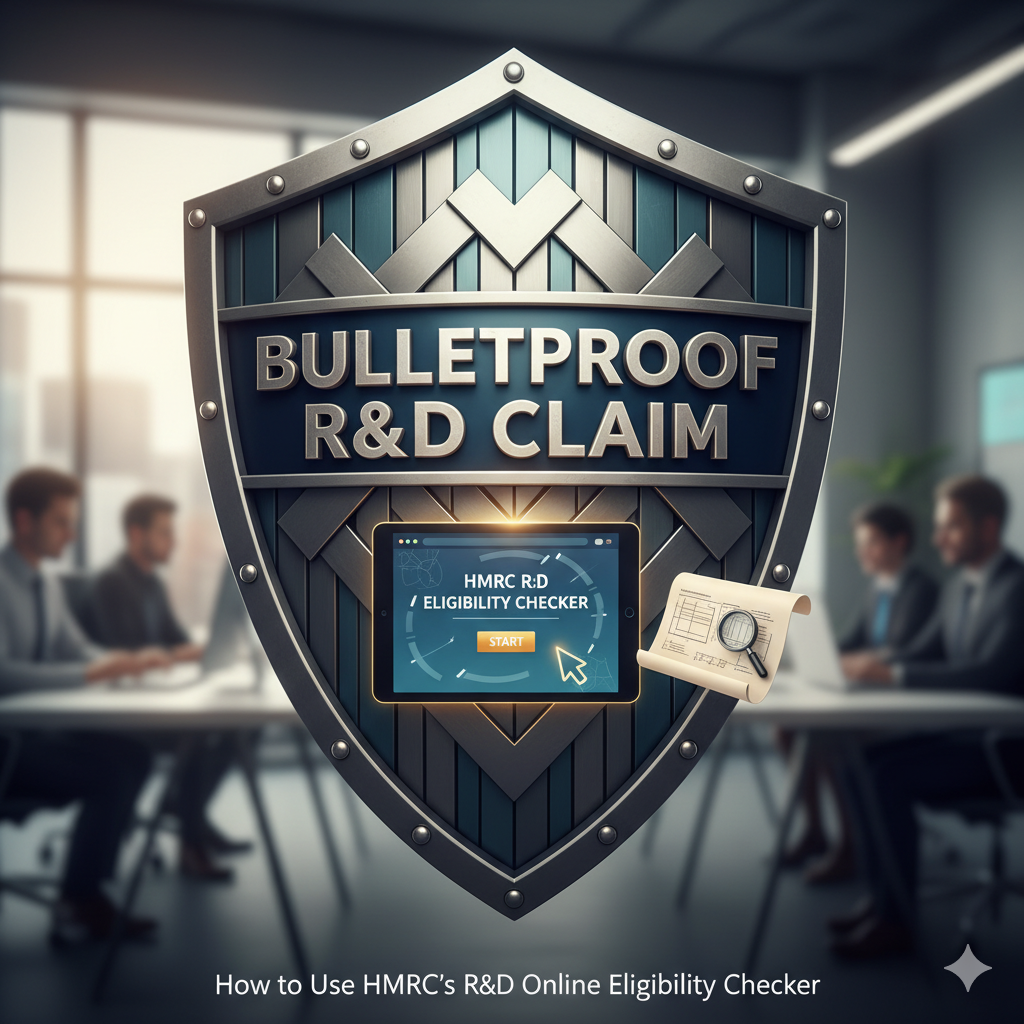Investor Decks, Cap Tables and Compliance: Accounting for Investment

Written by:
Daniel Scott
Partner & Head of Accounting
Investor Decks, Cap Tables and Compliance: Accounting for Investment
When raising investment, your story and vision draw investors in, but your numbers and the way you present them determine whether they stay engaged. A clear cap table, aligned financials, and complete documentation aren’t just formalities, they’re credibility in action, especially when SEIS or EIS relief is in play.
Why Cap Tables and Decks Really Matter
Your cap table should outline your company’s ownership structure; founders, employees, investors, and any option holders and show what that structure will look like post funding. For SEIS or EIS rounds, investors need transparency: they want to know how their tax relief is protected and what dilution looks like. If your cap table is tidy and accurate, it builds trust; if it’s not, doubts creep in.
Likewise, your investor deck tells your company’s story; what problem you're solving, how you’ll do it, the size of the opportunity, the funding ask. But it must align seamlessly with other documents: your cap table, Articles of Association, board minutes, and your financial model. When the figures match across documents, you demonstrate organisation; mismatches create hesitation.
Cap Table Transparency Is Essential
A common mistake among founders is excluding convertible notes, employee options, or warrants from their cap table. You might think it looks cleaner to display only issued shares, but to an investor, it looks incomplete and possibly misleading. Especially where SEIS/EIS relief depends on share structure, full transparency signals professionalism.
Consistency Across Your Materials
Investors compare your deck, cap table, financial model, and legal documents carefully. If your deck says you’re seeking £250,000 but your legal filings show something different, that inconsistency raises red flags. Consistency matters more than style when each document tells the same picture, confidence grows; when they don’t, doubts surface.
Why Your Valuation Needs Explanation
Valuations are tricky. If you just state a number without context, it’s easy for investors to dismiss it. Instead, explain why, perhaps you based it on similar exits, comparable deals, or growth forecasts. By showing your rationale, you make the valuation believable, grounded, and stronger.
Frequently Asked Questions
Should I include employee options and convertible notes in my cap table?
Yes, everything that could become equity later should be visible. Investors deserve clarity when assessing their stake.
Do I need to explain my valuation?
Definitely. Share your assumptions, benchmarks, and how you arrived at the number. Investors look for the reasoning, not just the figure.
What if my documents don’t align?
Discrepancies can slow down or derail your funding process. Aligned documents build trust and speed things along.
SEIS & EIS Considerations Throughout
Because SEIS/EIS relief depends on the structure of shares and precise documentation, you need to make clear which shares are eligible. That needs to be visible on your cap table, in your deck, and in your Articles. That kind of clarity protects investors’ tax relief and shows attention to detail.
How We Can Help
At OnTheGo Accountants, we help founders prepare investor-ready materials: clean cap tables, aligned financials, compliant structures, and documentation that aligns with SEIS/EIS rules using our specialist advice. If you want your raise to run smoothly and with clarity, we’d be happy to support you. Drop me a line at info@onthegoaccountants.co.uk to get started.
Next in the series: How to Issue SEIS/EIS Shares the Right Way, Without Losing Tax Relief





